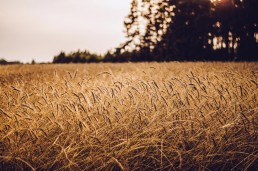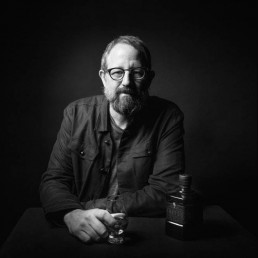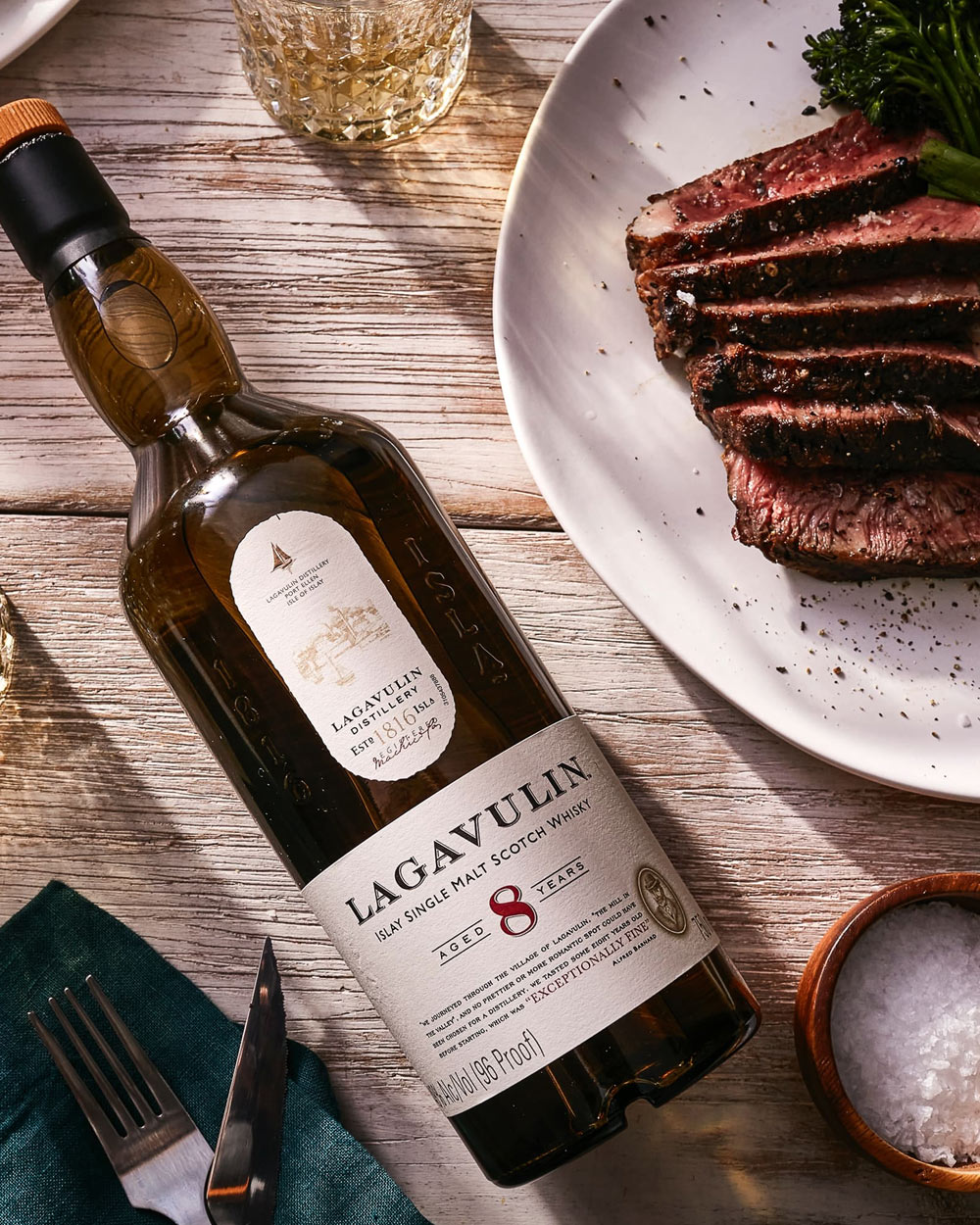“Bring us your whiskey.”
These were the final words of best-selling author of American Whiskey, Bourbon, and Rye, and NY Times editor, Clay Risen, in his keynote speech at the 10th annual Canadian Whisky Awards in Victoria, British Columbia. The January 16th ceremony, hosted by Canadian Whisky historian, Davin de Kergomeraeaux, kicked off the 2020 Victoria Whiskey Festival. More than three dozen Canadian whisky makers flocked to the southern tip of Vancouver Island off Canada’s Pacific coast to represent their whisky. Canadian distillers both craft and large-scale are distilling a river of high-quality hooch in a myriad of styles, and as Risen alluded in his speech, they would much like to bring their whisky to the United States. But are our collective cups ready? Risen optimistically predicts American’s will embrace these super-premium exports from the north, and the numbers back it up.
Canada already sells a lot of whisky in the United States. Crown Royal is the second highest-selling whisky, second only to Jack Daniels. Crown sold 7.5 million cases last year of a 17.4 million 9-liter case Canadian market, as reported by the Distilled Spirits Council of the United States (DISCUS). This level of sales generates about $2 billion for distillers. Sales of Canadian whisky are up 18% between 2013-2018, growth primarily driven by the super-premium category, which is up 39.4% in the same five-year span. Encouraging news for Canadians ready to bring Americans their whisky. And why not?
Canada exports delicious whisky at almost laughably low prices compared to Scotch or Japanese. Yamazaki 18-year-old costs at least $1,000, and The Macallan 25-year-old retails for $3,000. Meanwhile, a recently released 42-year-old Canadian Club retails for under $300. Clearly, there’s value to be found in this category for whisky geeks on the hunt for the best juice at a lower price. Some excellent value Canadian offerings to explore are Canadian Hunter, Forty Creek, and Canadian Club. Caribou Crossing, Lot 40, and Crown Royal French Oak are bottles that deliver value on the dollar.
Meanwhile, Canadian rye whisky finds its way into American whisky bottles, most notably WhistlePig, whose 100% 10-year-old, pot-distilled rye was distilled at the Alberta distillery in Calgary. In late 2019, Bob Dylan’s Heaven’s Door released their Bootleg Series Volume 1, a 26-year-old Canadian whisky priced at $500.
Despite the growth of high-end Canadian, the category receives considerably less ink from spirits journalists than bourbon, Scotch, or Japanese whisky. When Crown Royal Northern Harvest Rye was named World Whisky of the Year in Jim Murray’s 2016 Whisky Bible, it was the first and last time a Canadian took the top honor. Truth be told, Canadian whisky makers do things their own way, and their methods are oft-misunderstood.
“To begin to appreciate Canadian whisky it’s important to understand it,” says de Kergommeaux, host of the Canadian Whisky Awards and author of Canadian Whisky, the New Portable Expert. “The category is filled with misconceptions. For starters, not all Canadian whisky is made from rye.”
This common belief that all Canadian whisky is made from rye grain is easy to understand. The terms have been used interchangeably for two centuries. Rye is typically a component in most, but not all, Canadian whisky, which are primarily corn-distillate based blends. Canadian whisky picked up the rye moniker in the 19th century when their whisky was made from wheat. The first distillers in Canada were wealthy English millers who established industrial flour mills in Ontario, Canada’s breadbasket at the time. These millers were making whisky from leftover wheat, and with the help of Dutch and German immigrants in Ontario, figured out that a bit of rye in the wheat mash improved its taste. When people got hip to the wheat whisky cut with rye, they started requesting it as the “rye whisky.” The name stuck.

Distilling Grains
In America, to make bourbon, we use mash-bills – grain recipes cooked together, not unlike oatmeal, then fermented, distilled, and aged in a barrel. Canadians distill and age their grain whisky separately, and blend the individually matured whiskies.
A common grievance toward Canadian whisky is the fact that producers like to distill their corn distillate to neutral grain spirit levels that run north of 190 proof, or 95% pure alcohol. Bourbon producers will typically leave more flavor in the distillate by pulling it off the still at a lower proof, leaving congeners that contribute flavors to the spirit, and, sadly, hangovers. Canadians deliberately strip flavor from grains like rye or wheat and allow the distillate to develop the whisky’s taste and character in the barrel. This method enables blenders to make their whisky taste, for instance, like rye, even if it’s made from wheat. While this is not the sexy story to which whisky fans are accustomed, this method is primarily employed by value brands. But like it or not, the Canadian’s engage in extremely advanced whiskey-making.
“Canadian whisky is not aged vodka,” says de Kergommeaux. Anyone who understands distillation and maturation would agree.“
Maturation
Like almost every other whisky-making nation in the world, Canada purchases once used barrels from American bourbon and rye producers to age their whisky. While bourbon enthusiasts cite new barrels as an advantage to maxing out the flavor, world whisky producers appreciate gently used oak barrels.
Charred, new oak barrels are alive with caramel, vanilla, and tannins, which contribute to bourbon’s ability to mature relatively quickly. Another reason bourbon ages more rapidly than other whisky is climate. Hot days and cold nights in Kentucky foster interaction between the liquid and the charred barrel staves. The whiskey absorbs these tannins, vanilla, and caramel flavors as it works its way in and out of the barrels layer of toast or char. When you pour spirit into a barrel that’s had the tannins, sugars, and vanillins leached out, what’s left are secondary flavors coming from the lignin in the wood, such as rye spices, fruit, and floral notes. That’s what the Canadians are looking for, which can only be attained with a used barrel.
“Bourbon is the fluid left over after seasoning a barrel so we can make Canadian whisky,” de Kergommeaux jokes.
Blending
In Canada, corn whisky is distilled and barreled separately from rye, rye from wheat, and wheat from malted barley. The benefit is the ability to tailor the aging to the individual grains. Rye might hit the flavor profile they are looking for at three years, but corn needs to age longer. You also have control over what’s called “tuning” the barrel, by aging each grain whiskey in ex-bourbon barrels with various layers of toast and char.
Canadian blenders are permitted to blend up to 9.09% “other” wine or mature spirit to their whisky. Brandy, bourbon, and rum are examples of spirits added to Canadian blends. The reason for this is financial. The tax reduction brands receive in the United States by including American spirits in their blend is significant. This is a massive benefit for low-end, high-volume brands that compete at lower price points. Whisky wonks who generalize this to all Canadian whisky might seize on this as a flaw, but there is no benefit to premium and super-premium blends that compete on quality, not price. So the good stuff often isn’t affected by the rule. Not that Canadian distillers will not use this flexibility as a tool for innovation. There’s plenty of experimenting with exciting flavor combinations that land outside the spectrum of grains, yeast, and water. An example is Forty Creek’s limited Victory release, which adds a hint of rich sherry to its whisky, adding layers of fruit flavor that any whisky fan would be happy to sip on a little ice.
Engaging with the community at the Canadian Whisky Awards at the Victoria Whisky Festival, and seeing firsthand the passion and experience distiller’s are putting in the bottle, give me hope that modern Canadian distillers doing great work up north will take heed Risen’s words, and send us their whisky.
John McCarthy is a spirit, travel, and lifestyle journalist, managing editor, and author of The Modern Gentleman.


